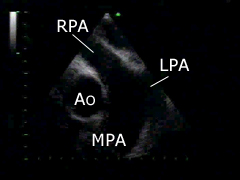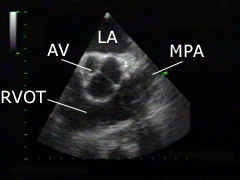- Joined
- Mar 29, 2004
- Messages
- 127
- Reaction score
- 12
Hey guys,
I was reading a few threads from earlier that mentioned the use of TEE to confirm placement of RIJ Cordis in the heart room. I have a few questions about this:
Are you confirming wire placement during the line placement or just seeing the SWAN afterwards?
How do you use the TEE and stay sterile while placing line? Or which view to you have the Probe at if you just have it place when you are placing the line?
Also as an aside... how far do you thread your wire at baseline? And what is your strategy if you "bounce the wire" at 18 cm vs. 22 cm ect. I have been placing lots of TLC's during my ICU month on vasculopathic Pts and "bouncing" way more wires than I remember in the past.
Thanks - CA3 here trying to explore some trouble shooting strategies
I was reading a few threads from earlier that mentioned the use of TEE to confirm placement of RIJ Cordis in the heart room. I have a few questions about this:
Are you confirming wire placement during the line placement or just seeing the SWAN afterwards?
How do you use the TEE and stay sterile while placing line? Or which view to you have the Probe at if you just have it place when you are placing the line?
Also as an aside... how far do you thread your wire at baseline? And what is your strategy if you "bounce the wire" at 18 cm vs. 22 cm ect. I have been placing lots of TLC's during my ICU month on vasculopathic Pts and "bouncing" way more wires than I remember in the past.
Thanks - CA3 here trying to explore some trouble shooting strategies




